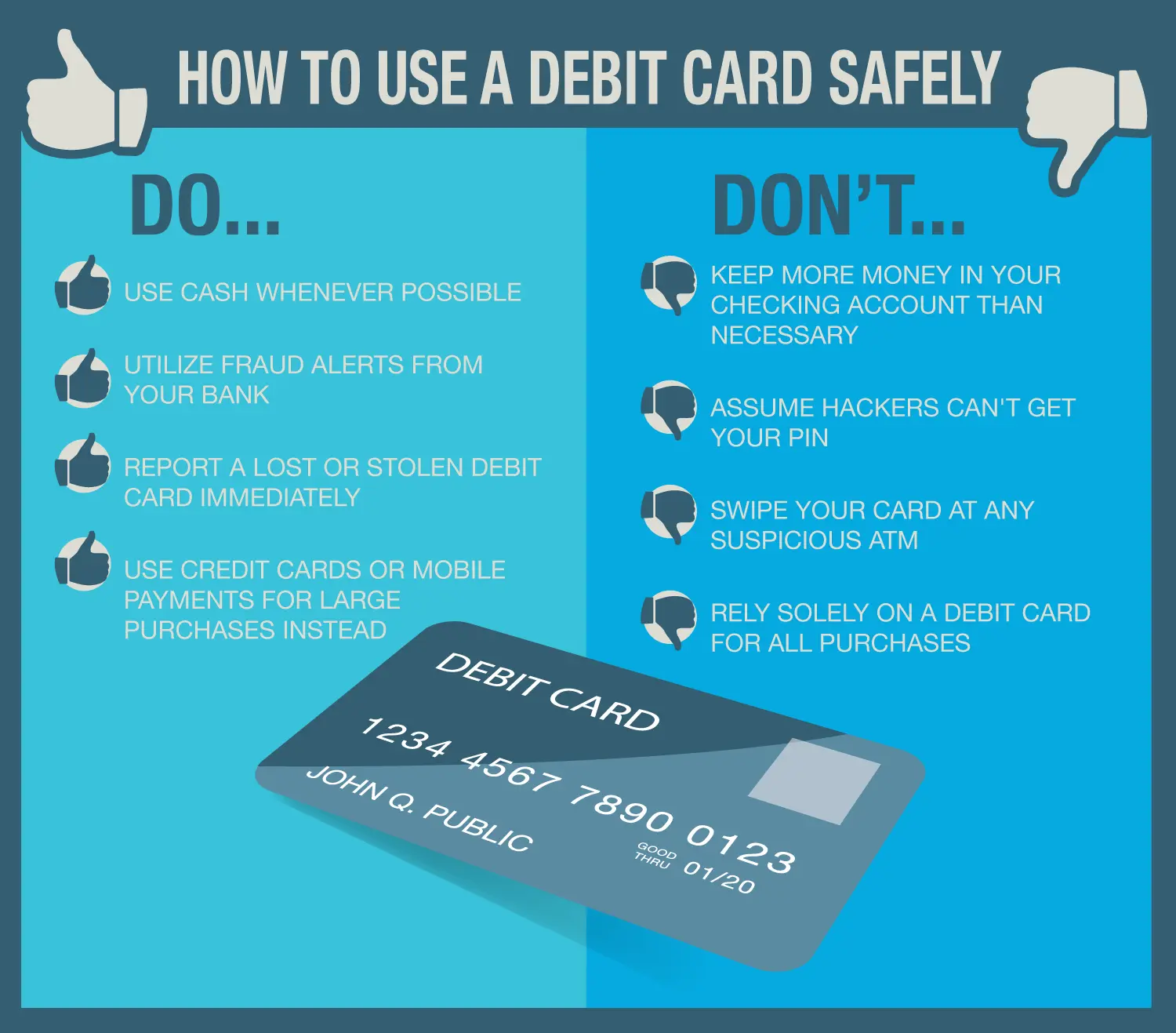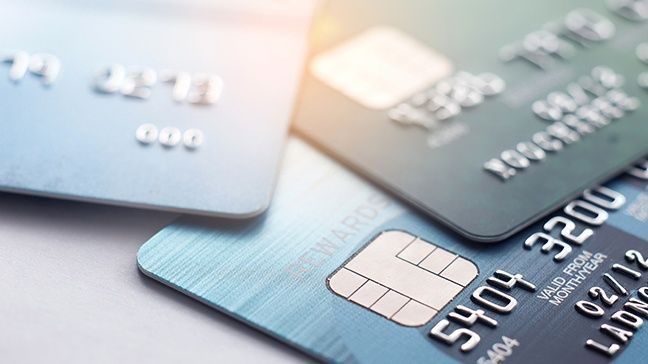
Every time I pull my debit card out, I take a risk. Just a week ago, I left it at a Chicago coffee shop; when I returned an hour later, the barista handed it to me. I had no idea I’d even left it there. That barista got a nice tip — she was an honest person. But what if she wasn’t?
Until U.S. card issuers adopt data-encrypted microchips — which have been used in Europe and other parts of the world for years — our debit cards are in peril. No matter America’s status as the birthplace of the iPhone and the cradle of high-tech: When it comes to our debit cards, we’re still in the Stone Age. It’s that simple.
So how can you protect your debit cards — and yourself? Here are seven tips that explain how to use a debit card safely:
What’s Ahead:
Move from debit cards to credit cards
Use credit cards where possible because they offer more aggressive fraud protections than debit cards — and are starting to sport those safe-data chips I just mentioned. “I recognize debit cards help with budgeting, but their fraud protections aren’t as strong,” says John Ulzheimer, president of the Ulzheimer Group and a guest contributor to the non-profit National Foundation of Credit Counseling.
Debit cards are tied directly to your bank account, so if money is missing, you have to fight to get it back. Credit cards, however, just create an IOU from you to the card company, and from them to the vendor. It’s a lot easier to cancel an IOU than it is to get back money that’s been spent by someone else.
Related: The best credit cards for young adults (for all types of credit scores)
The instant you discover your debit card is missing, cancel it
So what if you find it a few hours later under the bed? You’d beat yourself up a lot harder if someone got hold of your card and started a shopping spree.
Think they can’t guess the PIN? They don’t have to: Lots of stores accept debit cards as credit cards — and often don’t even require a signature.
Of course you would also report a lost or stolen credit card to your bank, but it’s even more imperative to call your bank ASAP when your debit card goes missing. That’s because any purchases a thief makes on your debit card will come right out of the available balance in your checking account.
Most banks will refund that money within a day or two as long as you report the missing card promptly. Still, even a day or two without money in your checking account can cause headaches.
Lastly, if a thief manages to snag your PIN and your card, your bank may not protect you against all unauthorized withdrawals or PIN-based purchases. (Read your debit card’s terms carefully; MasterCard extended its zero-liability for fraudulent charges policy to include PIN-based charges, but only recently).
Use cash
No one can get any of your personal data out of a $20 bill.
“If you want to fully avoid fraud issues when shopping, then go old school and depend on cash,” Ulzheimer says. “At least you’re not sharing personal or payment information.”
Even if you have to visit an ATM to occasionally withdraw cash, that’s one transaction that could potentially put your data at risk rather than the dozen of purchases you’ll make thereafter. The downside, of course, is that you may have to pay ATM fees. A bit of planning can help you avoid fees and keep your debit card safely in your wallet.
Watch for skimming devices
You swipe your card so many times a day that it becomes a mindless activity. Change this. Cyberthieves insert skimming devices into ATMs, gas pumps, and other point-of-sale devices to scan your debit card information as you swipe.
Once you enter your pin, the thieves have everything they need to drain your account at an ATM and walk away with untraceable cash.
Watch out for any scanning device that looks abnormal.
Michael Benardo, manager of the FDIC’s Cyber Fraud and Financial Crimes Section says:
Be on the lookout for credit and debit card reading devices that look suspicious, such as a plastic sleeve inside a card slot. Crooks are getting very good at attaching their own devices over legitimate card readers and gathering account information from the cards that consumers swipe through those readers.
Keep an eye on your balance
Even if you’ve never let your card leave your sight, someone may be using it illicitly. The best way to catch this before too much damage occurs is to check you account balance regularly.
Get alerts from you bank
In that same vein, configure your account to alert you if:
- Unusual transactions occur
- Large transactions occur
- The balance dips below a certain level
This will again help you catch any misuse of your card the moment it happens (and might keep you from overdrawing your account as a bonus).
Migrate your debit information to a mobile payment service
The convenience of a plastic debit card remains when you enlist a service such as Google Wallet, which protects your financial data with encryption. Once the debit information is in there, you don’t have to enter a PIN every time you’re in a checkout line. And if you lose your phone, you can disable Google Wallet remotely from a laptop or other digital device.
Summary
When trying to protect your debit information, remember:
- Use a credit card when you can.
- Guard your card the same way you would a driver’s license; check often to make sure it’s with you.
- If you plan ahead, you can always leave your card at home and use cash.
- Don’t swipe your card in a machine that may have been tampered with.
- Keep an eye on your balance to catch any fraud quickly.
- New mobile payment technology is your friend.

